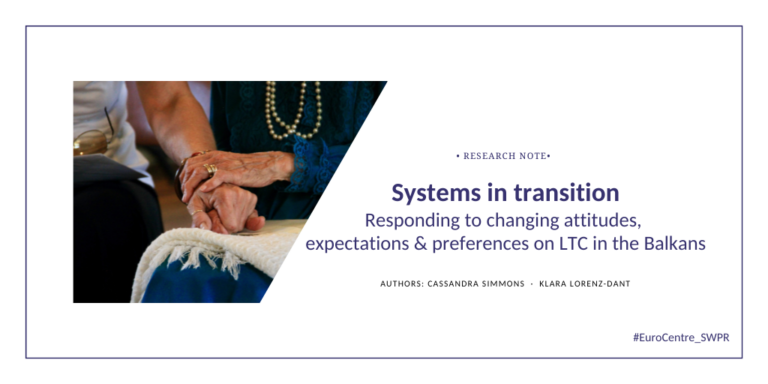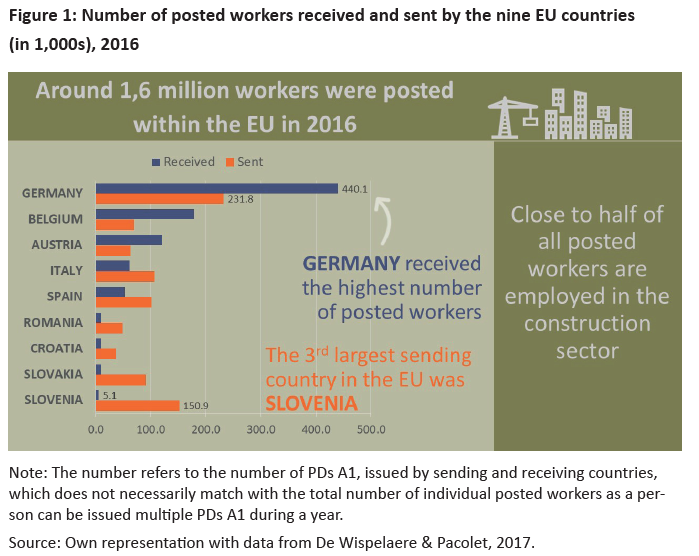Theory and practice of aging upon covid-19 pandemic
Journal article: Theory and practice of aging upon covid-19 pandemic by A. Sidorenko & A. Golubev
Never before in history aging has been such a significant factor for epidemics as it is now for the current COVID-19 pandemic, which features a drastic shift of mortality towards older ages. Our analysis of data on COVID-19-related mortality in Spain, Italy, and Sweden has shown that, in the range of 30 to 90 years of age, each dependency of the logarithm of mortality upon age is linear, and all regression lines are strictly parallel to those related to the total mortality in accordance with the Gompertz law. In all cases, irrespective of the stage and place of epidemic, mortality doubling time in this age range is close to 7,5 years. The rates of being infected with the SARS-CoV-2 coronavirus and of being diagnosed due to the symptomatic manifestations of the infection are dependent on age to a far lesser degree. With account for these observations, three messages are put forth:
1) Older persons are the principal victims of both SARSCoV-2 and measures undertaken to control its spread;
2) Older persons are not the principal driving force of SARS-CoV-2 spread;
3) Older persons can and should be engaged in combating the pandemic and its consequences; however, not via selective social distancing and other discriminative measures.
People aged over 65 years constitute a significant part of the current population. They have specific interests and needs, which deserve no less respect than those of any other age group. This includes the right for the quality of life that remains sustained under the emergency conditions. Since the prospects for controlling the SARS-CoV-2 are dubious, those in charge of decisions concerning «people aged above 65» should mind that currently, unlike in the medieval ages, 65+ is the individual future of almost everyone.





